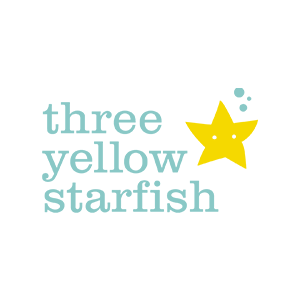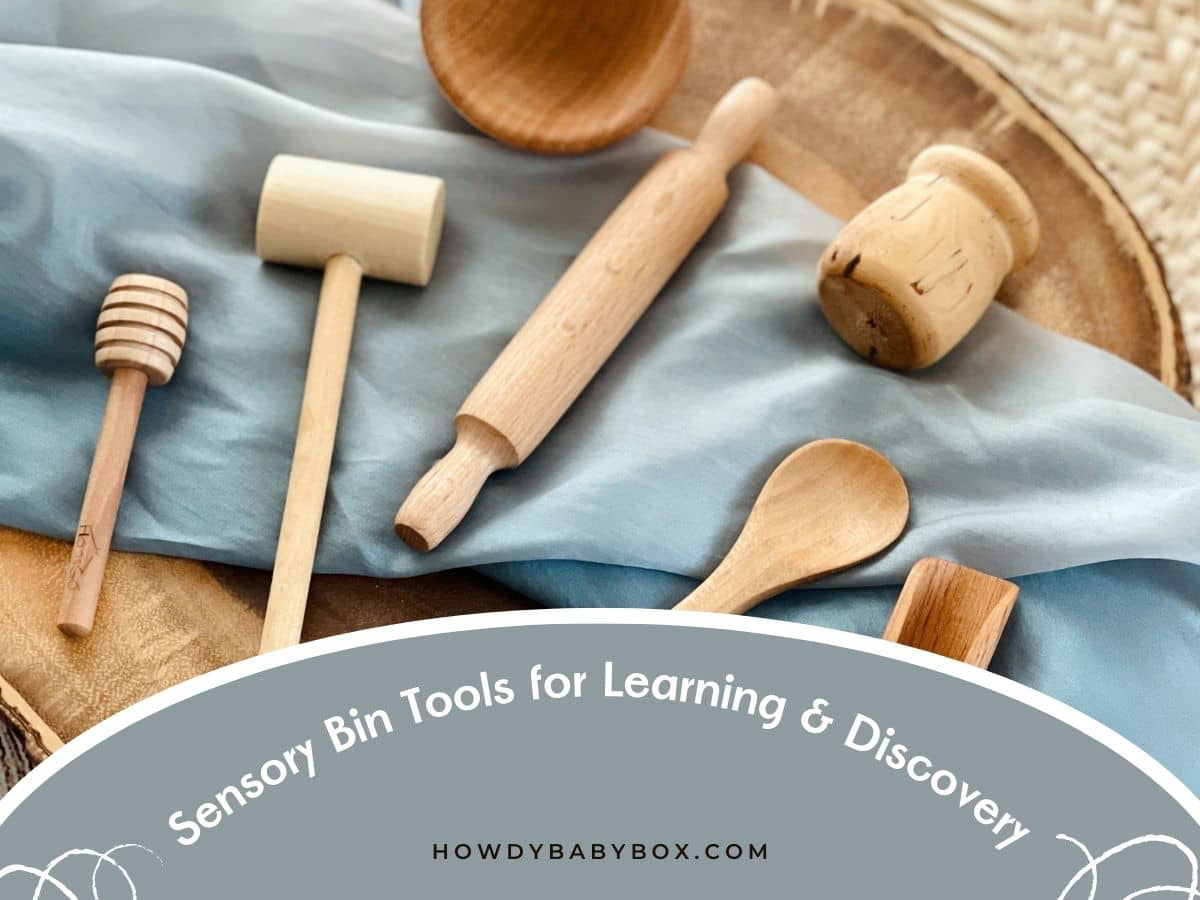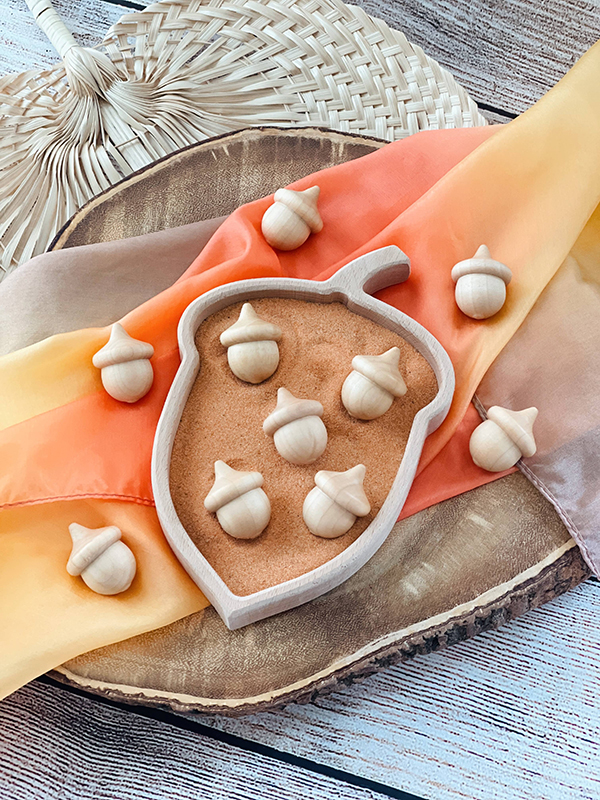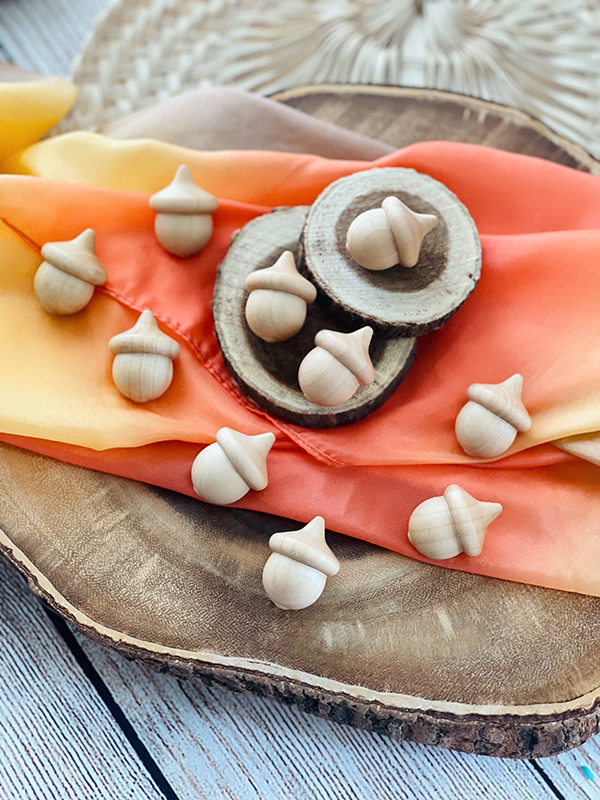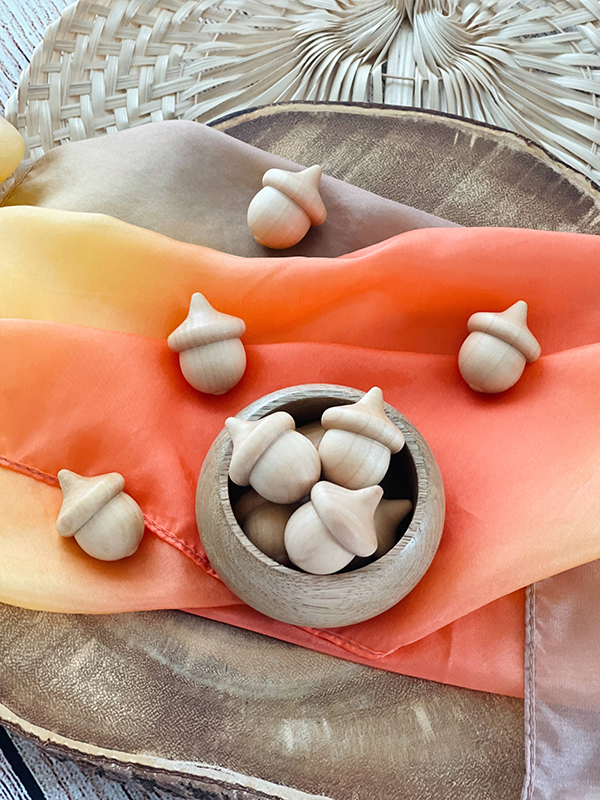Sensory bins are a fun and hands-on way for kids to learn about different colors, shapes, and textures. But have you ever wondered why sensory tools are a MUST for your kiddo's sensory bin? In this blog post, we'll look at some of the different tools and accessories you can use with your sensory bin to make the most out of your sensory play experience.
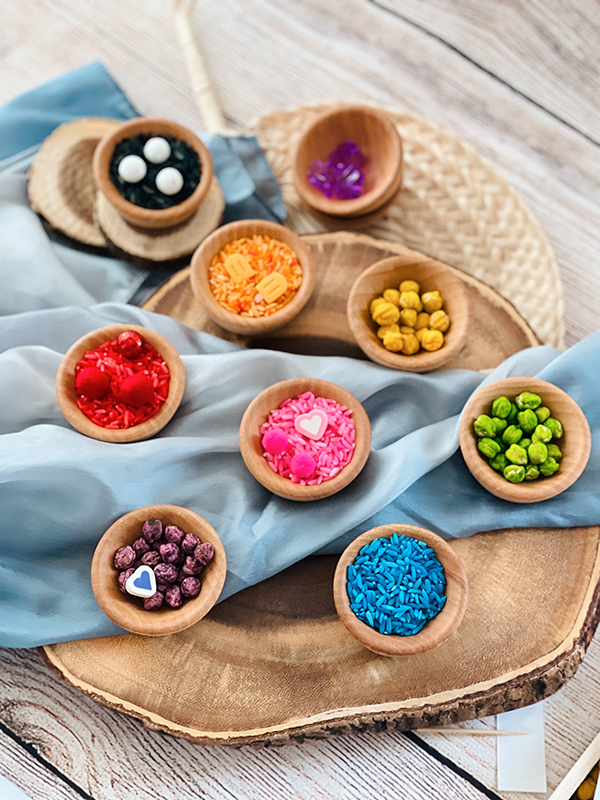
Why do you need sensory bin tools?
Sensory bin tools are designed for a specific purpose and can take play-based learning to the next level. Adding these items to your little one's sensory bin makes the purpose of the activity clear. This way, your kiddo can get the most out of it.
Scoops and Spoons
Tools like scoops and spoons are the superheroes of the sensory bin world! With scoops and spoons, kids can practice measuring, sorting, and putting things into groups, following directions, and coming up with solutions to problems.
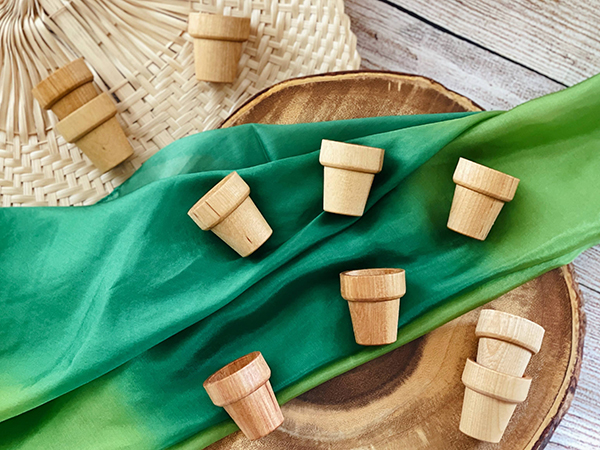
Whether you're playing with sand, water beads, or any other sensory bin material, these tools let kids explore different textures, temperatures, and materials while developing fine motor skills and hand-eye coordination.
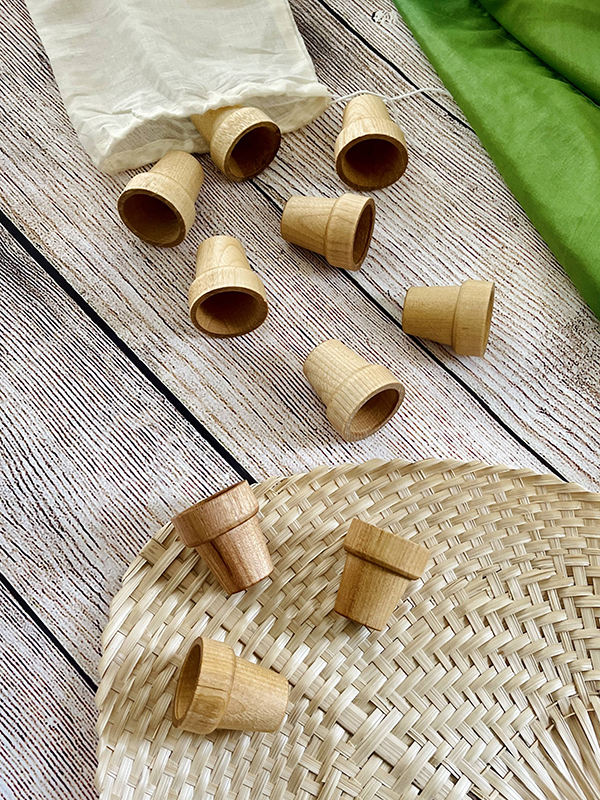
Kids can scoop, pour, and sort to their hearts' content while discovering new vocabulary words, math and science concepts, and creative ideas along the way.
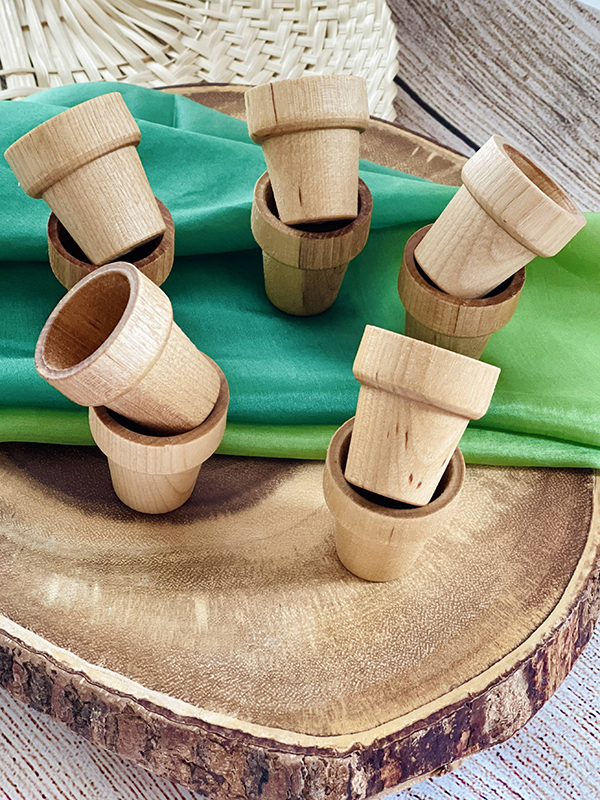
Magnifying Glass
Whether your little one is searching for hidden treasures or exploring new textures, including a magnifying glass as a tool in your sensory bin will help them improve their observation skills and ability to pay attention to details. As they come up with ideas about what they see, they will also learn to be more curious and to ask questions.
And let's not forget about the fine motor skills that your kiddo will be working on! They'll need precise finger and hand movements to hold and move the magnifying glass, which can be a fun and interesting way for them to hone those skills.
Tweezers
Tweezers require fine motor skills and hand-eye coordination, which are important developmental skills for children to develop. When kids use tools like tweezers to pick up and explore the objects in their sensory bin, they are engaging in a form of "purposeful play" that helps build their cognitive and physical abilities.
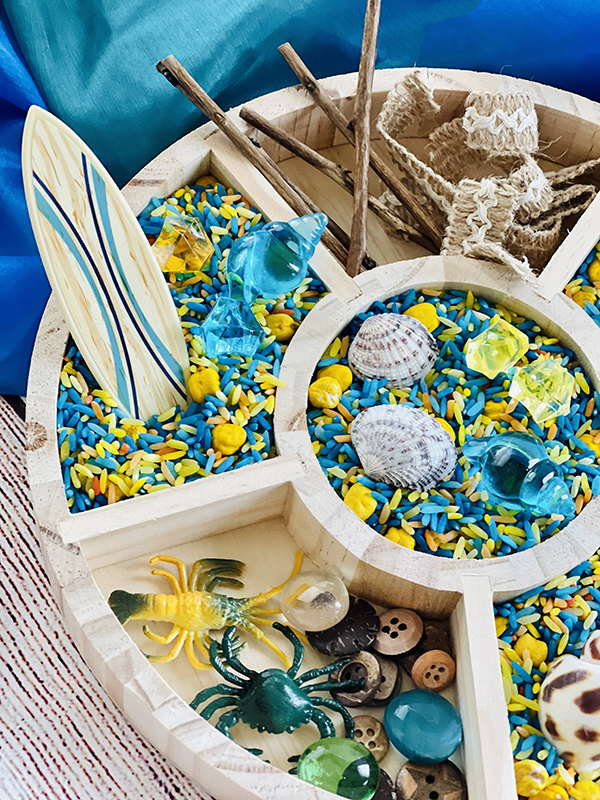
They can sort, count, and classify objects, all while developing their fine motor skills. Using tweezers in sensory play can also help improve focus and help kids pay attention for longer periods of time. Using tweezers to move things around in the sensory bin adds a new challenge that can help kids stay interested and focused on the activity for longer.
Funnels and Tubes
These sensory bin tools help little ones move bin filler and control how it moves as it passes through the funnels and tubes, which is a great way for kids to work on their fine motor skills. And as they face problems, like how to get materials to flow through a tube or how to position a funnel to catch the materials, they are given chances to think critically and solve problems.
Using these tools in a sensory bin also helps kids understand cause and effect. They can watch how different things move through the tubes and funnels and see how what they do changes what happens.
Mirrors
Mirrors are fantastic tools to add to any sensory bin. They can be used to give a sense of depth and perspective, and help kids look at things from different points of view. This sparks their curiosity and makes them want to look at the items in the bin more closely.
When kids use mirrors they also start to notice their own facial expressions and body language. This can help them develop self-awareness, emotional intelligence, and self-regulation skills. Mirrors can be especially valuable when used with sensory bin items that are reflective or see-through. Like water beads or glass gems, for example.
Children can use mirrors to play with different visual effects and patterns, which can help them be more creative and imaginative.
Small Figures and Toys
Adding small figures and toys to a sensory bin can help to spark imaginative play and storytelling. Kids can use the objects to make up their own stories and situations, which can help them get more creative and improve their language skills.
These items can also help kids learn how to solve problems as they figure out how to use the toys in different ways. Small animals, dolls, and action figures are all great options to consider.
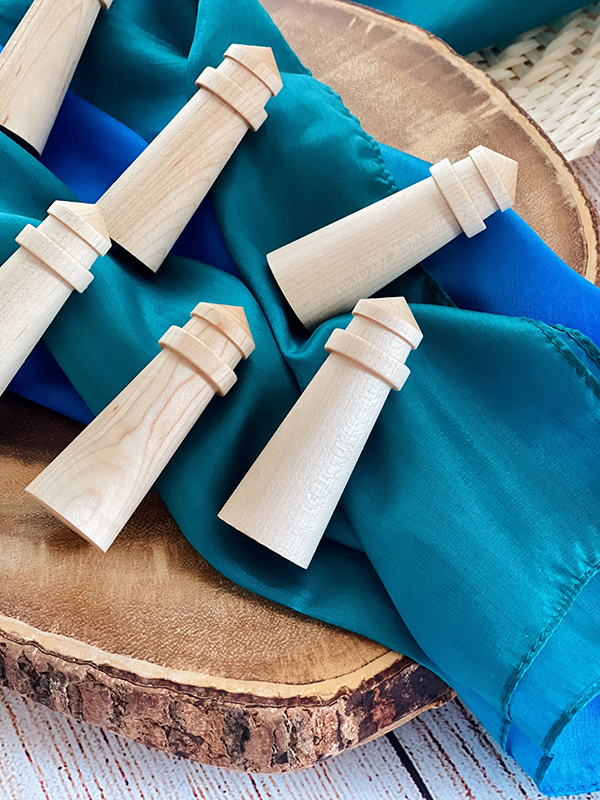
Textured Balls and Sensory Squishies
Textured balls and squishies are a great way to add some extra tactile stimulation to a sensory bin. By playing with sensory bin tools like balls and squishies, kids can explore the different textures, shapes, and sizes and learn new words to describe them.
You can also give the kids specific goals to reach, like sorting the balls by texture or finding all the soft ones. Kids can squeeze and squish the items, which can provide a satisfying sensory experience.
Empty Container With Lid
This simple addition to the sensory bin can help kids learn how to solve problems as they try out different ways to use the empty container. It can also help them improve their hand-eye coordination, grip strength, and hand dexterity as they practice scooping and moving things around with their hands.
An empty container with a lid can spark creativity and imagination by giving kids unique opportunities to partake in pretend play. Finally, the container and lid can teach kids organization skills as they learn to keep their sensory materials contained and clean, practice sorting and categorizing materials, and put them away when they're done.
Sensory Bin Tools - Final Thoughts
Adding items and tools like scoops, spoons, and magnifying glasses to your kiddo’s sensory bin can open up a whole new world for them to explore and learn about. So go ahead and get creative with the tools and items you use in your sensory bin. There are so many options!
Thank you so much for reading. We hope you found this information useful. Don't forget to check out our blog for even more sensory play articles and resources — let's get exploring!
